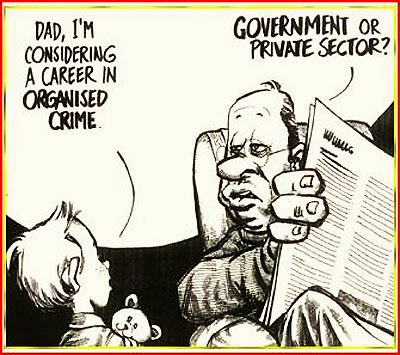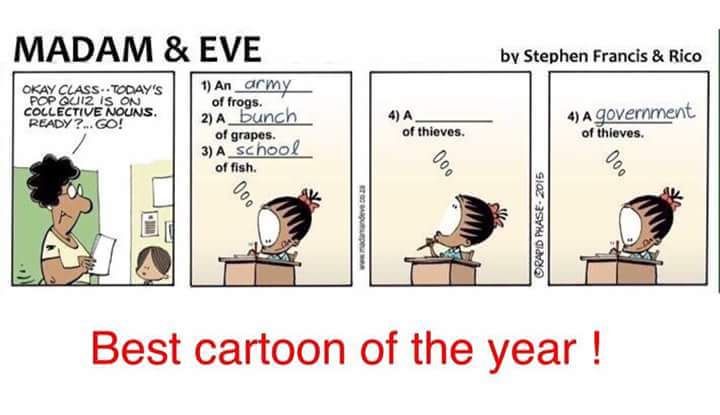"
I AM writing in response to the joint letter by the Malaysian Oncological Society and the President of the Singapore Society of Oncology (The Star, March 3).
Your letter is generally well written, offering sensible cautionary advice to cancer patients about “unproven” treatments.
While I cannot offer the breadth of data you demand (“clinical trials involving thousands of patients”) I will share one data point in an in-depth manner, in the hope that you see prima facie evidence that maybe Human Initiated Therapeutic Vaccine (HITV) works after all.
And since I am “replying” to oncologists, I will convey facts accurately from medical reports and supplemented by personal notes. I hope that laymen readers will bear with me.
My mother’s recent journey with cancer started with a transurethral resection of a bladder tumour (TURBT) to remove a low-grade bladder tumour in June 2012. Soon after, she noticed blood in her urine and this led to surgery to remove her left kidney and some surrounding tissues three weeks after the TURBT.
“Invasive high-grade transitional cell carcinoma of left renal pelvis....Resected margins are free from tumour,” the histopathology report concluded. While the surgeon was confident he had excised all the at-risk tissues, my mother was offered chemotherapy as a precaution.
After completing the cycles of carboplatin and gemcitabine chemotherapy, the CT scan radiologist reported on Jan 10, 2013 a “lymph node consistent with metastatic node. This is a new finding.”
A presumably stronger regime of chemotherapy involving taxol was given and once again the CT scan three months later showed the lymph node had grown.
A third concoction of chemo was administered (taxol and ifosfamide for four months).
Half way through, the oncologist prepared us for the worst, saying that if this chemo failed, then she could only offer hope to slow disease progression with future treatments.
Cure would be out of the question and future chemo would involve experimental drugs which the patient could import personally with the right paperwork.
I decided to check out the treatment at a clinic in Bangsar. I had no idea they offered immunotherapy, having heard only vague accounts through a friend that they had an alternate cancer treatment.
I went there (without my mother because I didn’t want to overload her with too much information), with an open mind and very inquisitive. I learnt that they offered P53 gene therapy and HITV.
I asked for scientific literature and explanation. While literature was skimpy the scientific explanation resonated with me and I also liked the idea that they did not entail serious side effects because they did not involve drugs.
Subsequently, a clinical response paper involving 167 patients was published in October 2013.
This paper showed very good success. It, however, did not influence our decision because it was published after my mother underwent HITV.
Getting back to the treatment time line, I decided (and my mother agreed) to try P53 mid-way through her third concoction of chemo. This was disclosed to the chemo oncologist.
The Bangsar clinic was quite upfront about the probability of success, or the lack of it. The post-chemo imaging report CT scan (PET scan this time) revealed that the “hypermetabolic left para-aortic nodal mass has increased in size. Neither chemo nor P53 worked.
We then abandoned further chemo, although the paperwork for the experimental drug was in order. In short, HITV commenced about a year after chemo was started.
The first PET CT, about three months after HITV treatment, reported: “The left para-aortic hypermetabolic nodes are gone, but there are other mildly hypermetabolic lesions situated more cranially and laterally” showed complete remission. As you rightly alluded in your letter, this is no proof that immunotherapy worked, given that high dose radiotherapy was administered.PET CT were done at three-month intervals, subsequently relaxed to six-month intervals. I’m happy to say that all these scans did not detect any cancer tumours. The latest scan is 38 months after HITV treatment.
Now, please recall how aggressive this cancer was – a new tumour in the para-aortic lymph node swelled it to 2.5 x 2cm in a span of about five months.
Take note also that HITV involves intratumoral injection of immature dendritic cells, a process that risks seeding tissues adjacent to the injection pathway with cancer cells.
By logical deduction, the radiotherapy part of HITV cannot have provided the systemic protection required to keep the patient free of any new tumours for 38 months, especially in the context of the aggressiveness of this cancer (my opinion).
Whereas the activated immune system could and probably did. To be clear, she received no cancer treatment other than HITV during this period.
Lastly, while clinical trial is a gold standard to aim for, you probably also know that it is very costly and a long journey. Meanwhile, the clock ticks for many cancer sufferers.
Just as my mother was allowed to import an experimental chemo drug, so too should patients have the option of HITV. I have certainly received more information on HITV than on the experimental chemo drug we were offered.
I believe doctors are taught the principle primum non nocere (Latin for first, do no harm). On this score, HITV does well with minimal side effects. One cannot say the same for the experimental chemo drug we were offered or FDA-approved immunotherapy drugs such as keytruda.
HITV was honed to its present state over decades by Dr Kenichiro Hasumi in Japan. Evidently America has cottoned on to this idea; former President Barack Obama launched the Moonshot 2020 programme last year to find “vaccine-based immunotherapies” against cancer! Wow, Obama was so specific when there are so many different approaches in immunotherapy.
Some background on me. I come from a family with strong history of cancer. My brother succumbed to colon cancer at only 32.
I would like to think that his premature death has a purpose for it spurred the rest of the family to do regular colonoscopy.
Several years later, we all went for genetic testing which revealed I have the HNPCC gene mutation.
With that, I undergo colonoscopy annually (for the past 20 years), and latterly annual ultrasound and biennial MRI as well.
These efforts paid off when I discovered a colon tumour (1997 at age of 38) and bladder tumour (2016) in very early stages and dealt with them successfully.
GAN TEE JIN
Kuala Lumpur
Source: http://www.thestar.com.my/opinion/letters/2017/03/10/keeping-an-open-mind-on-unproven-treatments/#8PXxDhgQIKglXvaA.99
Link





